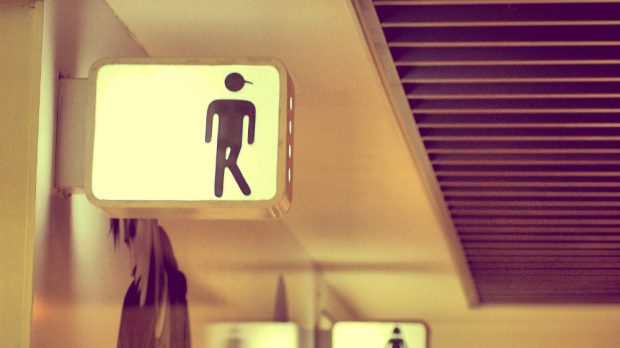
Like any self-respecting travel writer, there’s nothing I like better than visiting different countries, meeting new people, learning new languages, eating different foods, listening to a variety of music, or any new thing that takes me out of my comfort zone and makes me grow as a person.
But for some (maybe not so strange) reason, one of the few “different” things that I’m not comfortable with when I travel is the whole “toilet experience”, an area that goes way beyond my adventurous personality, something that I would like to stay the same way it is back home but that changes almost invariably when you venture into another country.
Going to the toilet is a natural and inevitable thing, but the urge to go doesn’t always present itself when we’re at our hotel or hostel.
So in this post I’ll explain some of the different options a guy traveler may have to take a leak when the urge strikes in public depending on the country he’s visiting. About number 2, well, that’s a whole different post.
In public (cleanish version) – Amsterdam
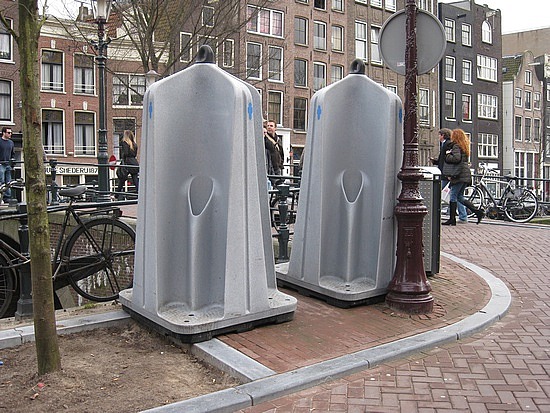
The Dutch are famous for being very pragmatic and not beating around the bush when it comes to finding practical solutions to touchy subjects, whether or not these solutions are found orthodox.
So it’s been a few decades since they started installing public open-air urinals in Amsterdam’s central area in order to prevent (male) citizens from urinating in the narrow streets of the Old Town, a problem that especially affected the Red Light District.
The urinal’s older versions were made out of metal and waste went straight into the canals. Over time, hey have been refined and currently most public urinals Amsterdam are made of hard plastic and have drainage systems connected to city sewers.
Obviously the idea was a success and this type of “restroom” can be found by the hundreds all around Old Amsterdam.
In Public (not-so-hygienic version) – India and China
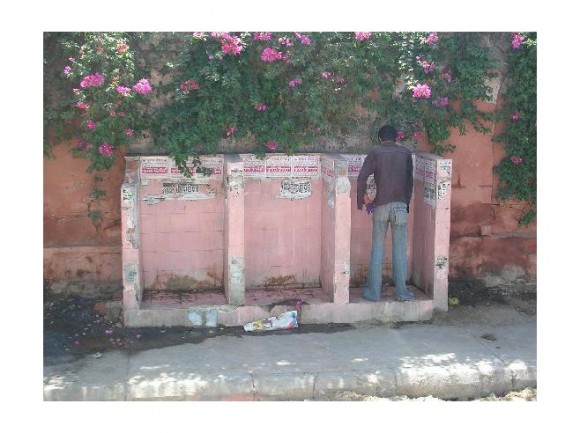
In Asia we can also find public urinals that somehow resemble the ones in Amsterdam except for two main reasons.
The first is that the Amsterdam public urinals are made of metal or hard plastic, while the ones in India and China are usually built in brick and tiles, which actually allows for some (but not much) privacy.
The other difference, even more important, lies in the frequency with which the facilities are cleaned. While Amsterdam urinals are constantly disinfected, the Asian ones smell as if they had not been cleaned in centuries.
Your own (high-tech) cubicle – Paris
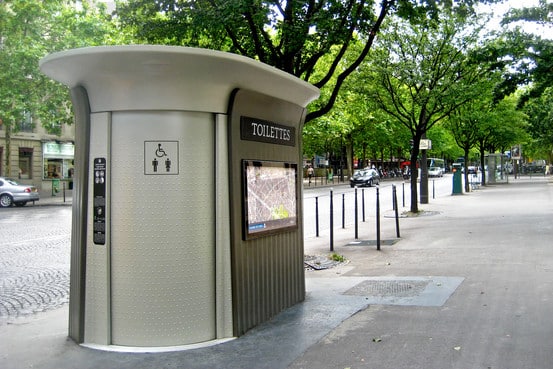
You’ll see them throughout the City of Light, these modern cubicles allow for relaxing urination in modern facilities, with the added perk of being able to wash your hands once you’re finished.
Parisians public restrooms, unlike other ones in different cities, are free (maybe the city is trying to somehow compesate us for the 7 Euro cups of coffee?). Disinfected after each use, they allow stays of up to twenty minutes, in case peeing is not the only thing you need to do during your visit.
Underground – London
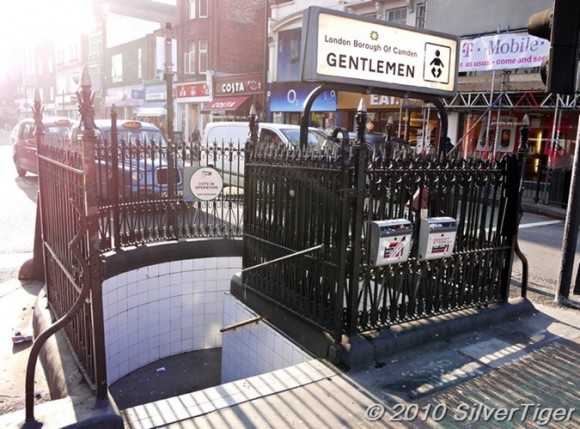
London was arguably the first city in the world to have public restrooms, in fact, the Victorian Public Health Act 1848 includes the need for public toilets as a means of improving the general health of the citizens of Britain .
The first public toilet was installed in London in February 1852 on Fleet Street, Bedford Street followed the trend and was the first one to include a ladies’ room.
Over the years, public facilities in London multiplied exponentially, and that is one of the reasons why London is one of the most friendly cities in Europe when it comes to releasing the bladder in public.
Sitting – Germany, Central Europe and Japan
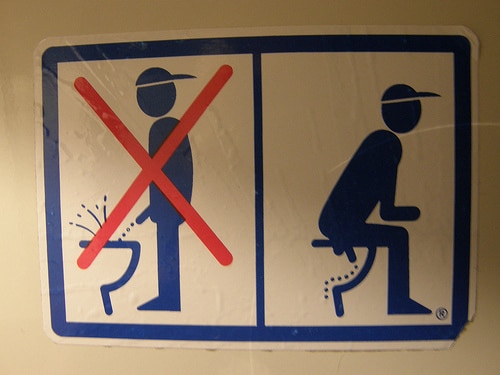
This more about the “how” and not so much about the “where”.
In many countries, including Central Europe or Japan, to pee standing up is considered rude. Many restrooms actually display signs asking you too kindly sit down to urinate.
Taking a pee sitting has some advantages; your hands are free to play with your phone or tablet or read a book. If you’re drunk you do not have to worry about making a mess and the person cleaning after you will appreciate it.
The disadvantages, though, are also plenty: It takes longer and there is actual contact between skin and toilet bowl (yikes!).




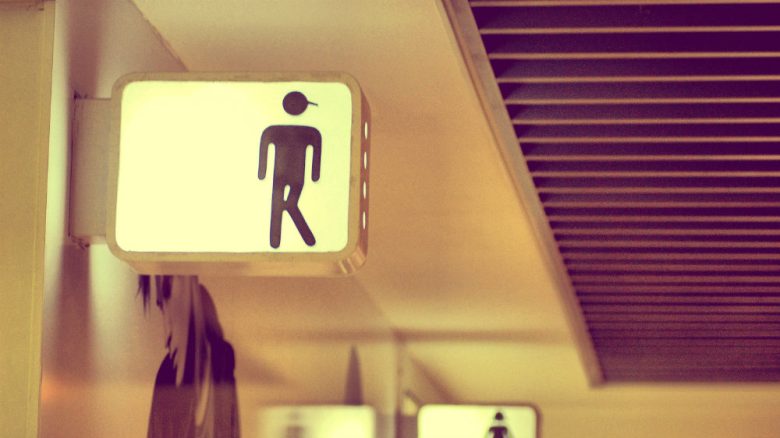



















Leave a Reply
View Comments